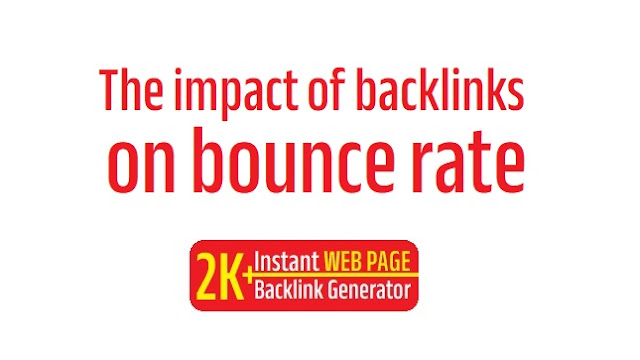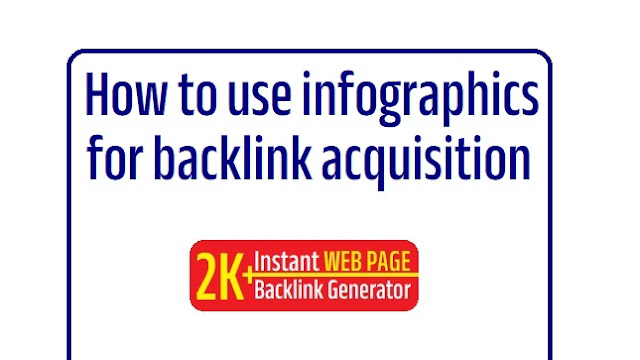Acquiring backlinks for a new website can be a challenging task, but it is crucial for improving the website's search engine rankings and driving traffic to the site. Backlinks, also known as inbound links, are links from other websites that point to your website. These links indicate to search engines that other websites consider your content valuable and relevant. The more high-quality backlinks a website has, the higher it will rank in search engine results. In this article, we will discuss several strategies for acquiring backlinks for a new website.
- Create High-Quality Content
The first step in acquiring backlinks for a new website is to create high-quality, valuable content that other websites will want to link to. This can include blog posts, articles, infographics, videos, and other types of content that provide value to your target audience. When creating content, it is important to keep in mind the keywords that you want to rank for, as well as the interests and needs of your target audience.
Another effective strategy for acquiring backlinks for a new website is to reach out to influencers in your industry. Influencers are individuals or organizations that have a significant following in your niche and can help to promote your content. You can reach out to influencers by sending them an email or direct message on social media, introducing yourself and your website and asking if they would be interested in promoting your content.
Guest blogging is another great strategy for acquiring backlinks for a new website. This involves writing an article or blog post for another website in your niche, with a link back to your website. This not only helps to build backlinks but also helps to expose your website to a new audience. When guest blogging, it is important to choose websites that have a high domain authority (DA) and are relevant to your niche.
Social media is a powerful tool for acquiring backlinks for a new website. By creating and sharing valuable content on social media platforms such as Facebook, Twitter, and LinkedIn, you can attract links from other websites. Additionally, social media can be used to connect with other websites and influencers in your niche, which can lead to backlinks.
- Participate in Online Communities
Participating in online communities such as forums, discussion boards, and social media groups can also be an effective way to acquire backlinks for a new website. By providing valuable insights and participating in discussions, you can establish yourself as an authority in your niche and attract backlinks.
Regularly monitoring your backlinks is important to ensure that they are relevant, high-quality, and valuable. You can use a tool like Ahrefs or Majestic to track the backlinks to your website and monitor the quality of the links. You should also keep an eye out for any low-quality or spammy links, which can harm your search engine rankings.
- Create a Resources or Link page
Creating a resources or link page on your website is another great way to acquire backlinks. This can be a page that lists useful resources or links to other websites within your niche. By creating a resources or link page, you can encourage other websites to link to your website in return.
In conclusion, acquiring backlinks for a new website is essential for improving search engine rankings and driving traffic to the site. By creating high-quality content, reaching out to influencers, guest blogging, using social media, participating in online communities, monitoring your backlinks, and creating a resources or link page, you can attract valuable backlinks to your website.



























